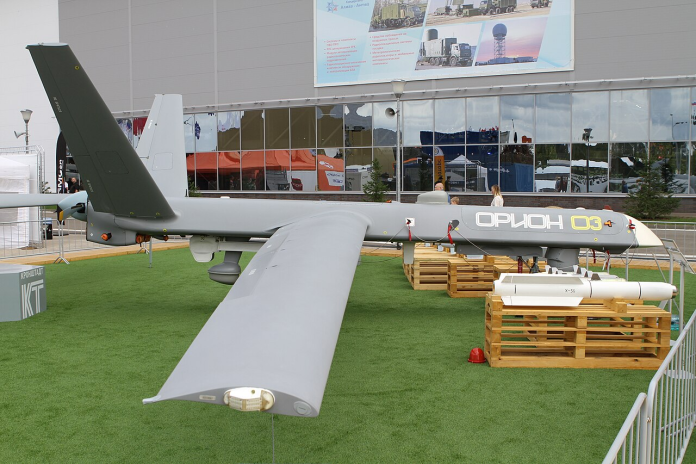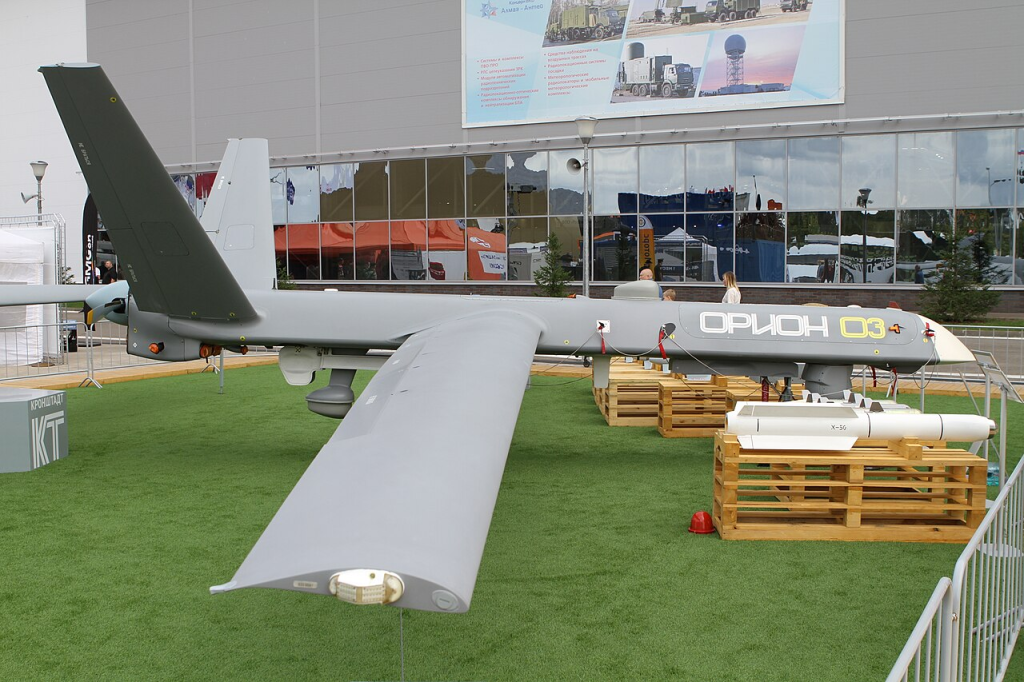
Who would have thought a $5 million piece of Russian military equipment could be swatted out of the air by a coffee table-sized drone? And that is exactly what happened close to Russia’s border this month, in a confrontation that highlights how the war in Ukraine has become a testing ground for unmanned aerial warfare.
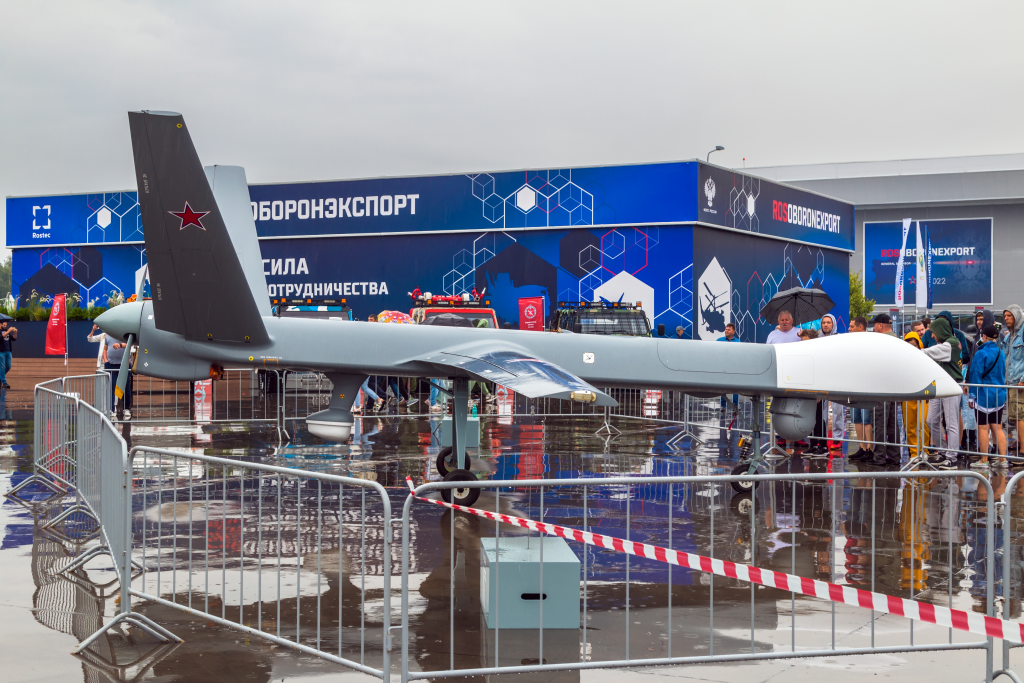
The Orion drone, Moscow’s most advanced strike and reconnaissance aircraft, was destroyed by Ukraine’s 414th Separate Unmanned Systems Brigade, popularly referred to as the “Birds of Magyar.” It was no small victory. It was the brigade’s first confirmed kill of an Orion, and it had both symbolic and strategic significance.
Aside from the showmanship, the incident provides a glimpse of the changing balance of drone warfare: the closing gap between sophisticated, high-end systems and agile, low-end countermeasures; the weaknesses of unusual, high-value assets; and the hidden world supply chains that underpin today’s weapons.
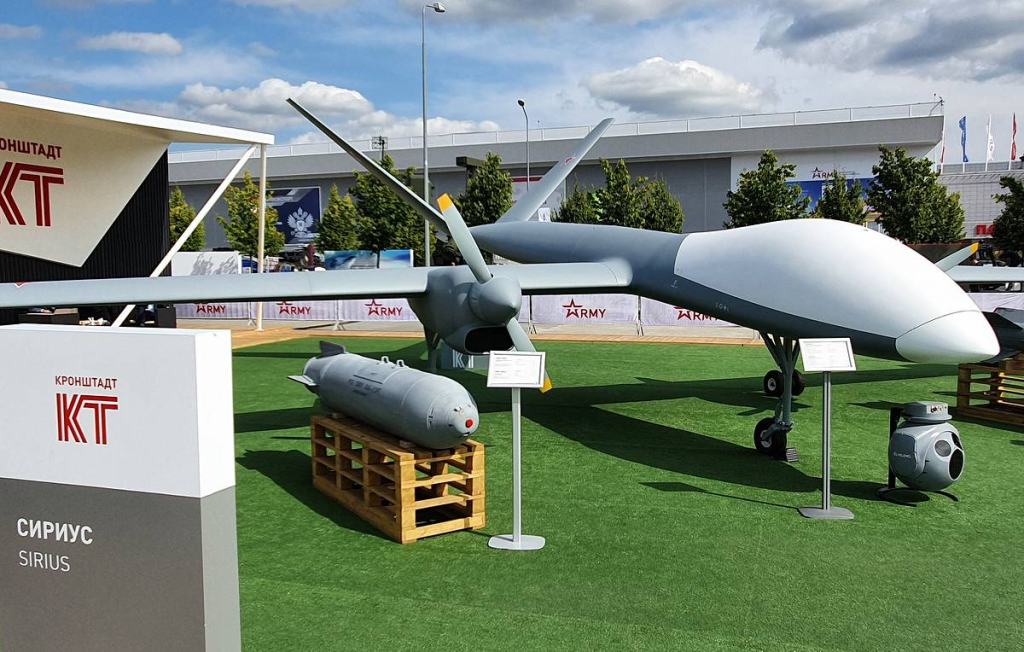
1. The Orion’s Uncommon Visibility on the Battlefield
The Russians have used the Orion sparingly, a move dictated by its low numbers and vulnerability to Ukraine’s multi-tiered air defense. Only nine verified Orion losses have been reported since February 2022, Militarnyi says. Such rarity makes each shootdown a heavy blow to Moscow’s air capabilities. The development of the Orion by the Kronstadt Group was Russia’s first domestically produced medium-altitude, long-endurance (MALE) combat drone, filling the gap between small tactical UAVs and strategic systems.
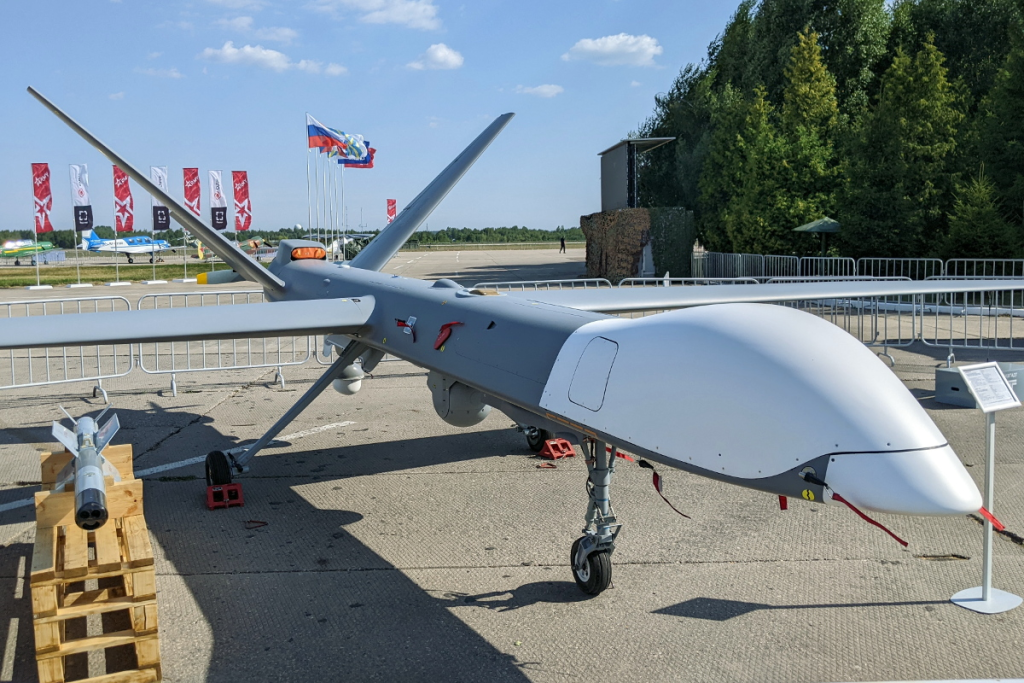
2. A Coordinated Interception Across Units
The interception in September was a collaborative effort. Initial contact was from Ukraine’s 95th Air Assault Brigade, whose interceptor drones hassled the Orion before the 414th Brigade made the kill. Video published by ex-brigade commander Robert Brovdi on Telegram demonstrated the attacking drone’s view as it approached the Orion’s right wing before communications ended. This type of multi-unit cooperation demonstrates Ukraine’s increasing maturity at combining unmanned assets within combined-arms operations.
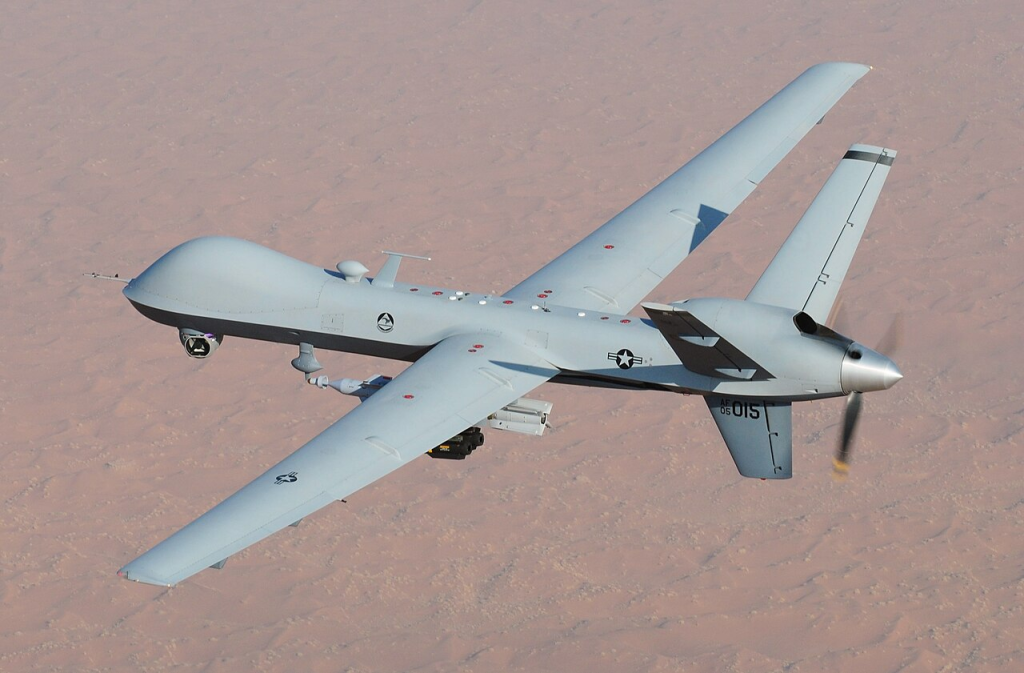
3. The Orion’s Capabilities and Payload
With its 16-meter wingspan and 1.2-ton maximum takeoff weight, the Orion has an endurance of up to 24 hours of flight time with ranges of 1,000 to 1,500 kilometers. The Orion has the capacity to carry 200 kilograms of ordnance consisting of KAB precision-guided bombs, KH-50 missiles, and the more modern S8000 Banderol cruise missile. Although Russian media tend to equate it to the US MQ-9 Reaper, its operation is more akin to the defunct MQ-1 Predator, with endurance but less payload and ceiling altitude.

4. The S8000 Banderol Connection
In May 2025, Ukrainian intelligence reported that the Orion had been mated with the S8000 Banderol, a small cruise missile with a range of some 500 kilometers and a maximum speed of 500–650 km/h. The missile is equipped with a warhead of between 113 and 150 kilograms, depending on the configuration. Kronstadt has developed the Banderol, which also tested for Mi-28N helicopter deployment, giving it greater operational flexibility.
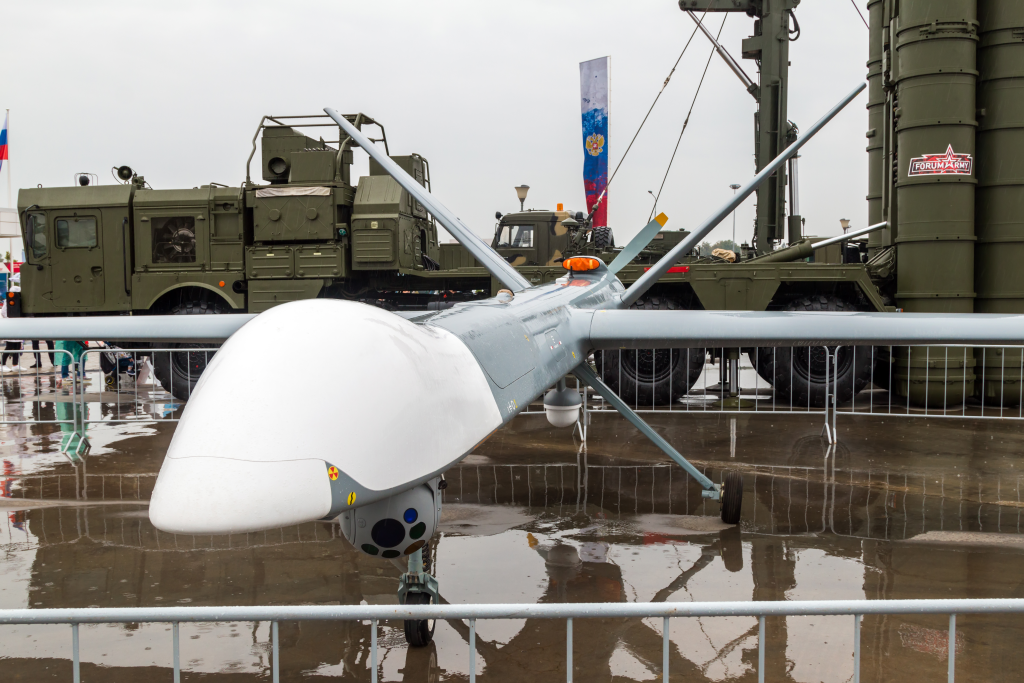
5. Foreign Elements in Russian Arms
The HUR report of the S8000 Banderol chronicled a widespread use of imported components. These consisted of a Chinese turbojet engine, an Australian telemetry module, Japanese phototransistors and batteries, South Korean servo drives, a Swiss microcontroller, and a US radio-frequency amplifier. Most were commercially available, illustrating how thousands of civilian-grade components have been diverted for military application in defiance of sanctions. “Disrupting this supply chain is key to hindering their capabilities to fight, occupy, and kill,” the HUR said.
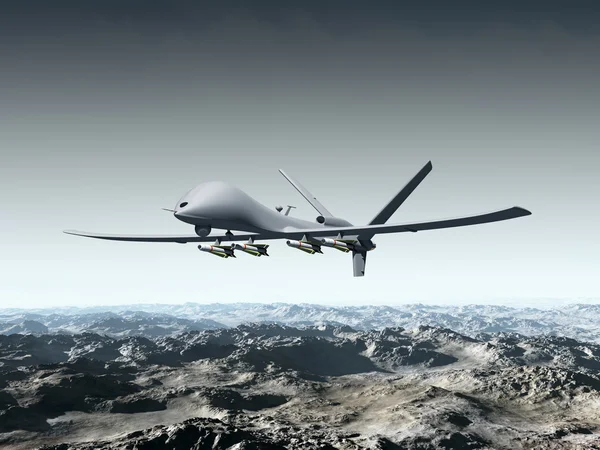
6. Russia’s Expanding Drone Ecosystem
The Orion is merely one component of a sweeping Russian UAV inventory encompassing reconnaissance systems such as the Orlan-10, kamikaze drones such as the Lancet, and Iranian-built Shaheds. Moscow manufactured 1.4 million UAVs in 2024 and is constructing a 102-satellite system to improve coordination and range. Nevertheless, the loss of the Orion highlights that even sophisticated systems are susceptible to nimble, lower-cost countermeasures.
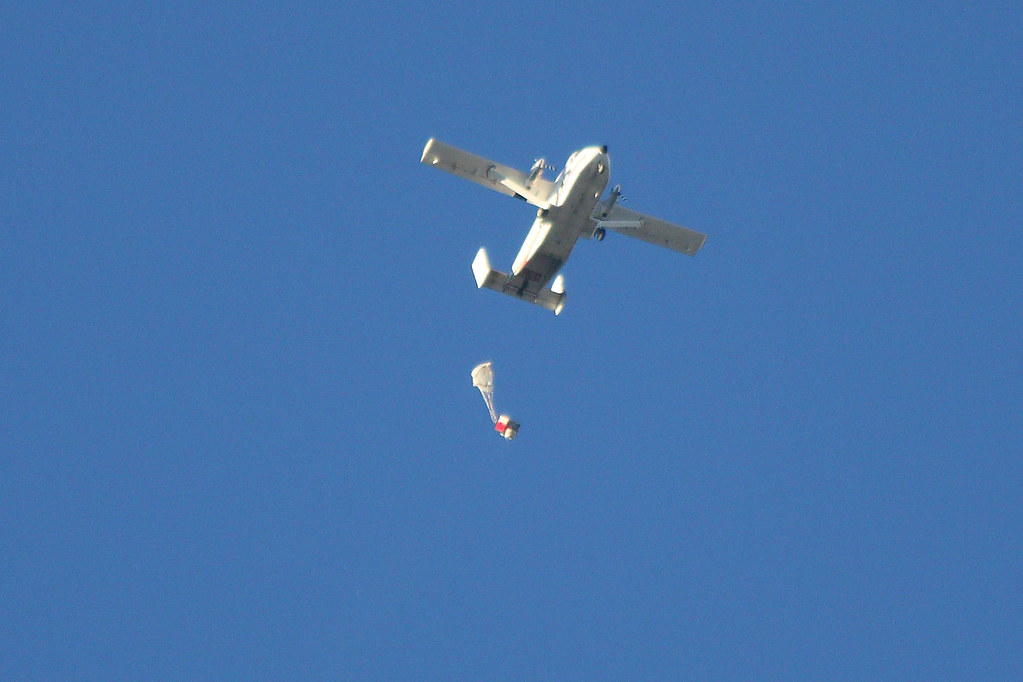
7. Strategic and Symbolic Impact of the Kill
For Ukraine, shooting down an Orion is more than a strategic victory. It eliminates a precision-strike asset with the ability to attack infrastructure and troop concentrations far behind the lines. It also brings a psychological impact to Russian troops and a propaganda victory to Kyiv. For Moscow, every Orion loss comes at a cost not dollars, necessarily, but the weakening of its reputation as a peer-level competitor in unmanned warfare.
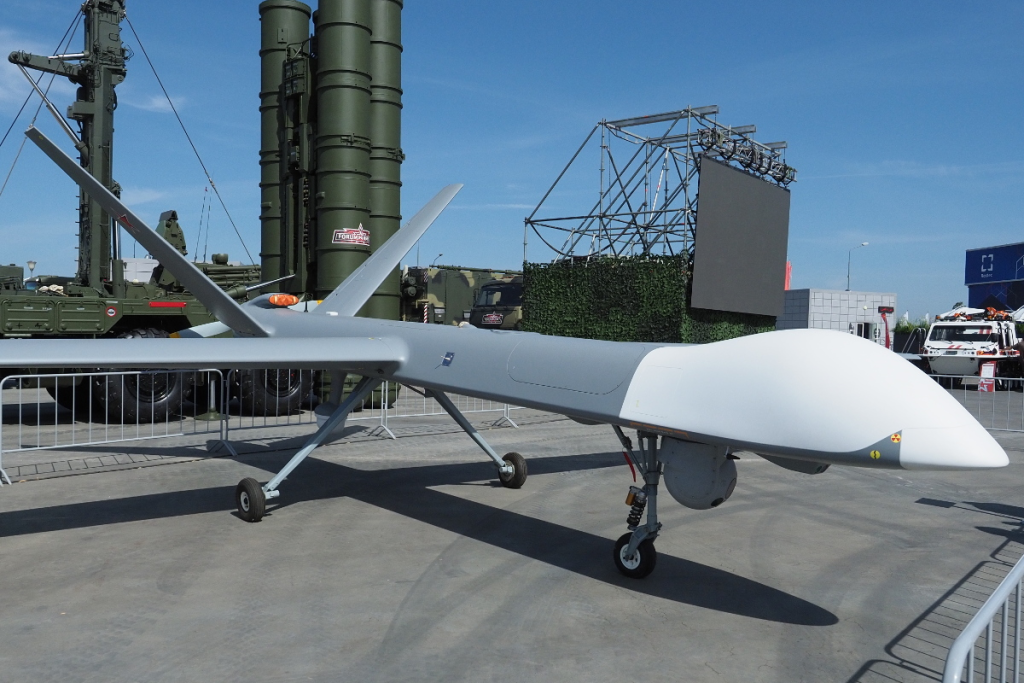
Ukraine’s “Birds of Magyar” bringing down the Orion UAV is a vignette of a greater evolution in contemporary warfare. Expensive drones, touted as game-changers, are being vulnerable to agile, ad-hoc countermeasures. With both sides competing to innovate, the conflict is becoming an in-progress test bed for the next generation of aerial warfare where cost, versatility, and supply lines could be as important as brute technological might.
